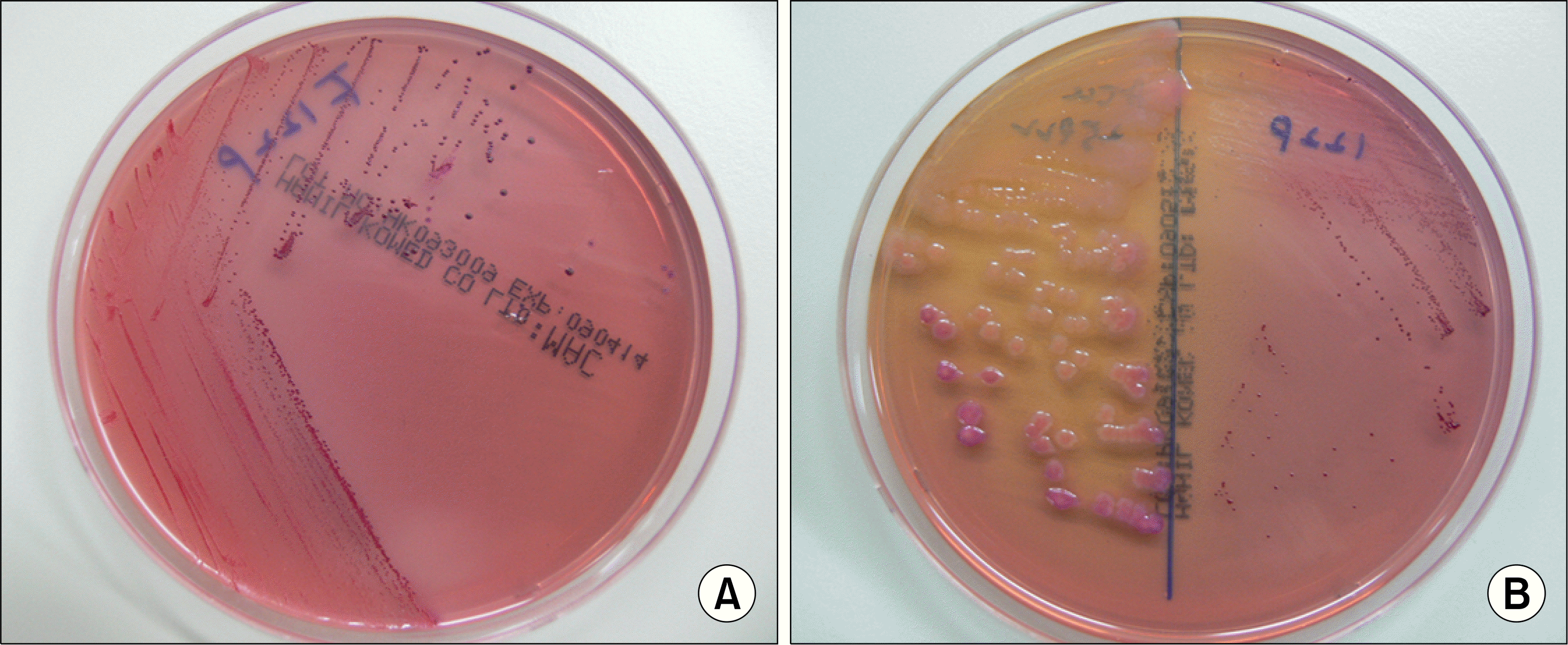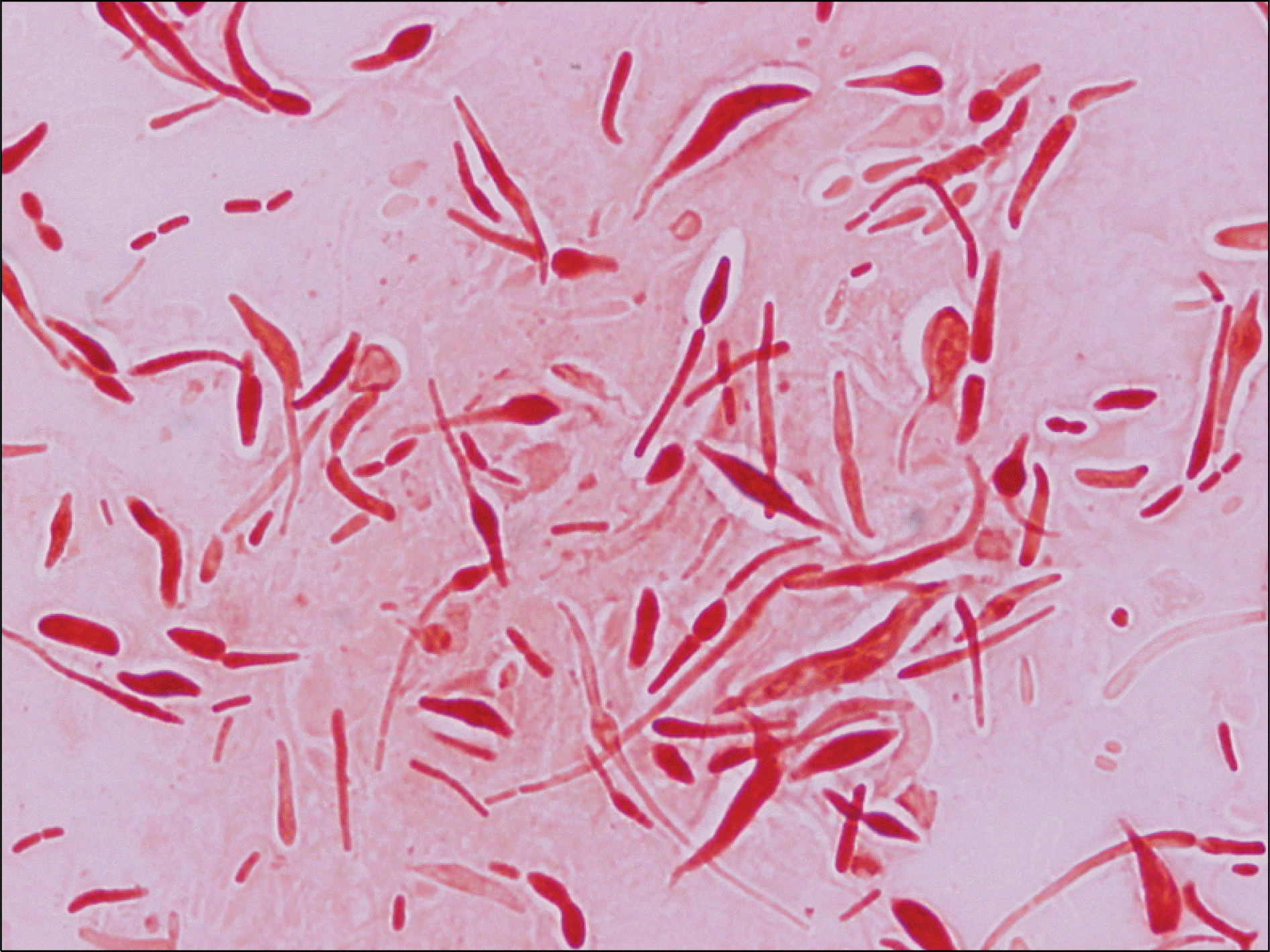Abstract
Bacterial morphology can be altered by various factors, including antibiotics. Unusually shaped, large, swollen organisms were observed in a urine culture obtained from a patient who had no history of antibiotic therapy. The organism was identified as Escherichia coli by the Vitek 2 system and by DNA sequencing of 16S rRNA and gyrB. The patient had no symptoms except fever, which subsided without medication. Microbiology laboratories should be aware of the potential appearance of such bacilli to avoid confusion with fungi and other naturally occurring filamentous organisms.
REFERENCES
2. Louria DB, Kaminski T, Grieco M, Singer J. Aberrant forms of bacteria and fungi found in blood or cerebrospinal fluid. Arch Intern Med. 1969; 124:39–48.

3. Middleton J and Chmel H. Aberrant form of Pseudomonas aeruginosa in sputum and cerebrospinal fluid causing infection in a compromised patient. J Clin Pathol. 1978; 31:351–4.
4. Magnussen CR and Hruska JF. Aberrant forms of Escherichia coli in blood cultures: in vitro reproduction of an in vivo observation. J Clin Microbiol. 1980; 12:690–4.
5. Lorian V, Waluschka A, Kim Y. Abnormal morphology of bacteria in the sputa of patients treated with antibiotics. J Clin Microbiol. 1982; 16:382–6.

6. Lorian V and Atkinson B. Abnormal forms of bacteria produced by antibiotics. Am J Clin Pathol. 1975; 64:678–88.

7. Lorian V and Atkinson B. Effect of serum on gram-positive cocci grown in the presence of penicillin. J Infect Dis. 1978; 138:865–71.
8. Kim AS, Kang JC, Lee SH. Unusual morphology of aberrant forms of bacteria in urine: presented with grotesque-giant form with central emptiness and fusiform ends. Korean J Clin Pathol. 1998; 18:403–6.
9. Kwon HJ, Seo EJ, Shim SI. Aberrant forms of bacteria in urine: report of three cases. Korean J Clin Pathol. 1993; 13:479–81.
10. Yoon KH, Kim CJ, Cho JH, Moon YH. Abnormal forms of bacteria produced by antimicrobial agents in vitro. Korean J Clin Pathol. 1995; 15:264–72.
Fig. 1.
(A) Small, dry and purple colonies in MacConkey agar plate, 2 days, (B) Comparison with E. coli ATCC 25922, in MacConkey agar plate, 2 days (left: E. coli ATCC 25922).





 PDF
PDF ePub
ePub Citation
Citation Print
Print




 XML Download
XML Download